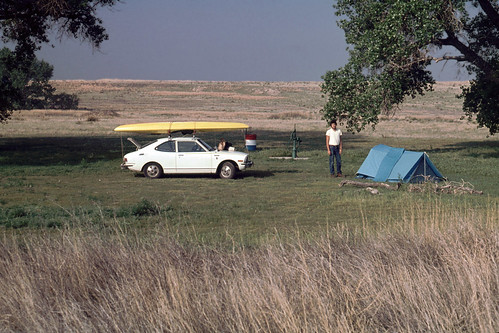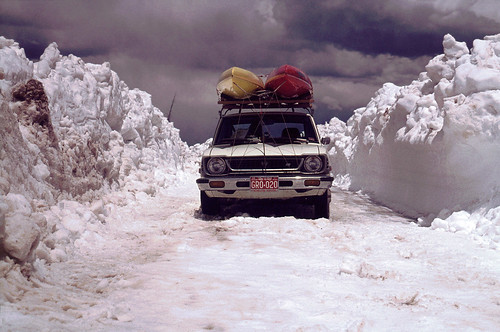 Lake Scott State Park:
Lake Scott State Park:
Here you can find the ruins of El Cuartelejo, the only known Indian pueblo in Kansas and the northernmost one in North America. It was established in the 1600s by Taos Indians and later occupied by Picuris Indians. Both groups were attracted to the area by the many large springs, one of which (Big Springs) can be reached by hiking on a short nature trail. This spring, which provides a flow of about 400 gallons per minute of 58 degree F water, has been stocked with rainbow trout. The area's unique wildlife species-the Scott riffle beetle-is a tiny, seldom-seen insect that lives in the springs feeding into the lake. Because this beetle is found nowhere else in the world, it has been listed as a Kansas endangered species.
 Routt National Forest:
Routt National Forest:
Established by President Theodore Roosevelt in 1905 as the Park Range Forest Reserve, the Routt National Forest includes 1,126,346 acres of Federal lands within its boundaries. The Forest is named in memory of Col. John N. Routt, the last territorial and first state Governor of Colorado.
 White River National Forest:
White River National Forest:
Perhaps more than any other national forest, White River is dedicated to outdoor recreation. Aspen and Vail, two towns that exemplify basecamps at their most glamorous, nestle in its rugged folds. Trapper Lake and the surrounding Flat Tops Wilderness, is widely recognized as the birthplace of the modern concept of wilderness. The Maroon Bells, a collection of granite peaks near Aspen, signify the Rocky Mountains in the same way the Eiffel Tower does Paris.


